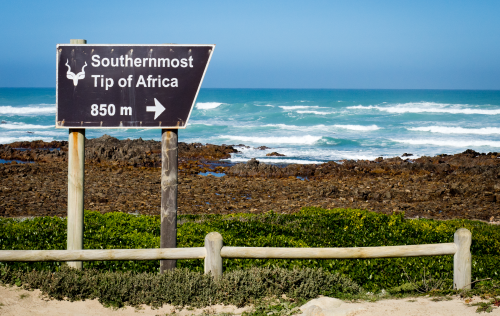The big currents – Nearly unlimited energy resources
The Gulf Stream carries the volume of 60 to 90 times all the rivers in the world. The speed is considerable, up to 2 – 2,5 m/s. Ocean currents are wind driven and fastest close to the surface.

Facts about the ocean currents
The currents in the oceans are wind driven. The direction of the currents is influenced by the Coriolis effect (the rotation of the earth). In the northern hemisphere the currents rotate clockwise, in the southern hemisphere the currents rotate counterclockwise. The current is fastest near the surface and decreases with depth..
The volume of the currents is measured in a unit named Sverdrup. One Sverdrup is 1 million cubic meter per second (m3/s). The combined flow of volume from all the rivers in the world is approximately 1,2 Sverdrup. This is literally a drop in the ocean compared to the flow of the largest currents where the volume of flow from just the Gulf Stream is approximately 60 – 90 Sverdrup!
Combined, there is a potential in these currents to deploy hundreds of our ocean turbine platforms without affecting the overall flow of water.
In addition to the ocean currents there are significant currents to be harness in large rivers and tidal waters.


The Gulf Stream outside Florida U.S.A

Kuroshio Current outside Japan

Agulhas Current outside South Africa
Examples of sizes and speed
The Gulf Stream
The Gulf Stream runs from Gulf of Mexico, outside Florida and northwards towards North Carolina, were it moves across the Atlantic towards Europe.
The highest energy extraction potential is located the part of the current which flows between Florida to North Carolina.
The volume of the Gulf Stream is approximately 60 – 90 Sverdrup.
The speed of the current is up to 2 – 2,5 m/s.
The Gulf Stream is on average 100 km (62 mi) wide and 1000 m (3300 ft) deep.
The Kuroshio Current
The Kuroshio Current (also called Japan Current or Black Current).
The Kuroshio Current runs from Philippines to Japan.
The highest energy extraction potential is located offshore Japan.
The volume of the Kuroshio Current is approximately 65 Sverdrup.
The speed of the current is up to 2 – 3 m/s.
The temperature is in the range of 20 – 24 o C (68 – 75 o F)
The Kuroshio Current is approximately 100 km (62 mi) wide and 400 – 1200 m (1300 – 400 ft) deep.
The Agulhas Current
The Agulhas Current.
The Agulhas Current runs from Mozambique to South Africa.
The highest energy extraction potential is located offshore South Africa.
The volume of the Agulhas current is approximately 70 – 100 Sverdrup.
The speed of the current is up to 2,5 m/s.
The temperature is in the range of 14 – 26 o C (59 – 79 o F)
The Agulhas Current is on average 100 km (62 mi) wide and 300 – 1200 m (1000 – 4000 ft) deep.